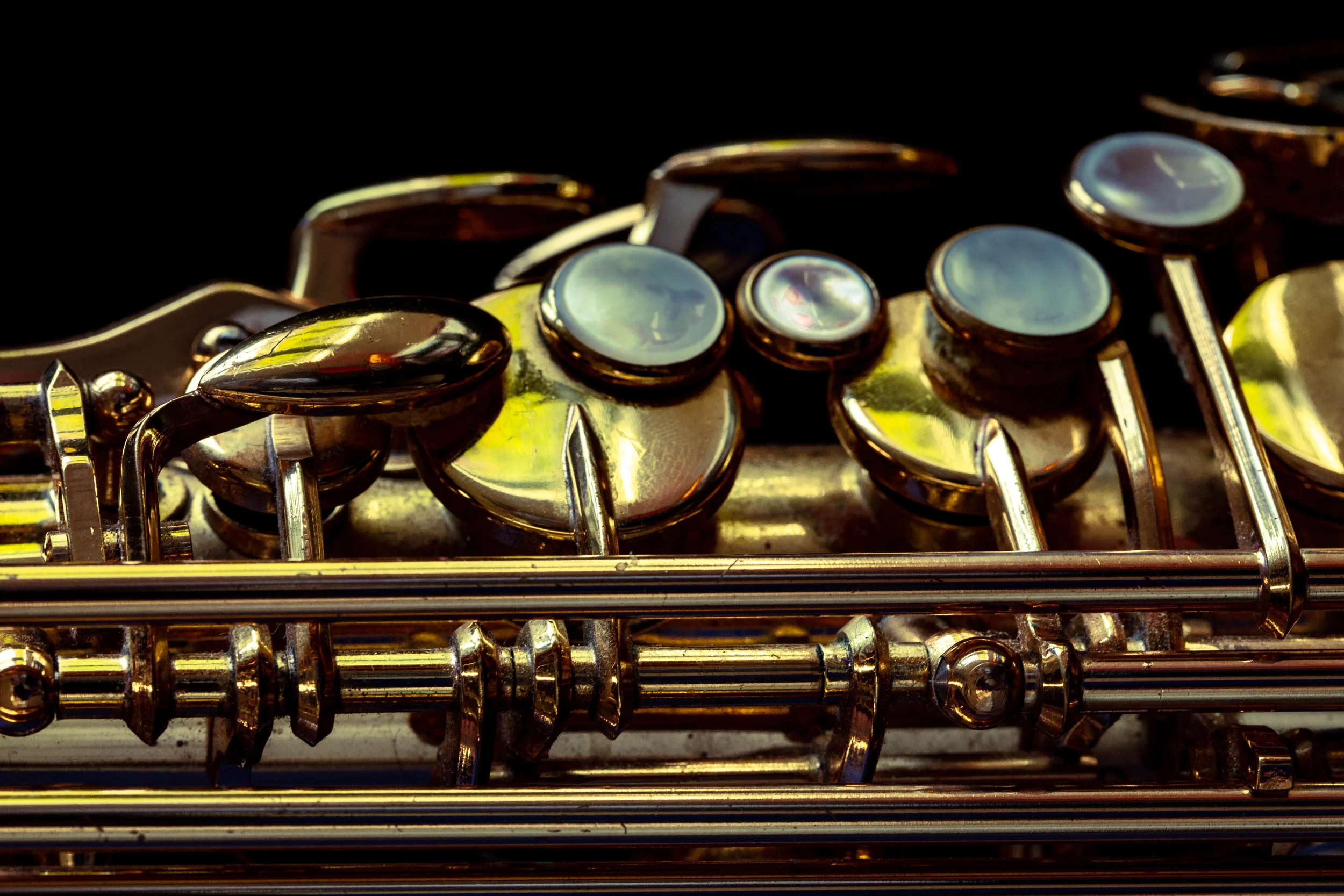Why is the Saxophone a Stranger to the Symphony
by Tom Wright
One of the most important days in music history, the old story goes, was when Adolphe Sax hooked his clarinet mouthpiece to his garden hose and invented the saxophone.
Photo Cred: Jimmy Gibson
All right, so this may not have been exactly how it happened. In the 1840’s, Adolphe Sax realized that if he took a clarinet, made it out of metal, and changed the shape of the instrument from a cylinder to a cone, he would have a perfect “marching horn” that would be as loud as a brass instrument yet as agile as a woodwind. Adolphe’s instrument was quickly picked up by military bands, and when jazz took hold in America, the saxophone became a staple of the jazz band as well.
Symphonies, however, resisted the trend. Certainly, when the saxophone was invented, there were a few composers like Hector Berlioz who immediately started writing for the new instrument (Berlioz even went so far as to call the saxophone “the most beautiful low voice known to this day”), but most composers didn’t follow suit. Nowadays, the literature for saxophone in symphony orchestra is limited either to composers who wrote jazz-influenced pieces like Gershwin or rare composers like Ravel who simply wanted to hear a saxophone.
Why didn’t the saxophone find its way into the orchestra? Well, there’s the obvious answer that much of the orchestral cannon was written before the invention of the saxophone (although the same is true for the valve trumpet, which is nevertheless commonly found in an orchestra), and there were some intonation issues for the early saxophones as well. However, the more surprising reason has little to do with music and much to do with the politics of instrument manufacturing in 19th-century France.
Adolphe Sax’s saxophones were constructed differently from instruments made by his contemporaries. At the time, manufacturers constructed musical instruments by buying pre-made parts from part shops, which they would then fasten together to make an instrument. Sax, by contrast, made all the parts for his saxophones himself. Understandably, part-makers were unhappy with Adolphe, and those makers convinced many of their orchestral friends to object to the inclusion of a saxophone in the orchestras; in several particularly famous instances, the musicians actually threatened to walk out if a saxophone appeared in the symphony. (Fortunately, the members of the Spartanburg Philharmonic have not followed suit.) The composers and conductors were unwilling to fight with the orchestra members, and the orchestral saxophone was cast aside.
So, the next time you see a saxophone in an orchestra, remember that its presence in the ensemble is a very contentious issue. And remember that there’s a lot more to a saxophone than a mouthpiece and a hose.

